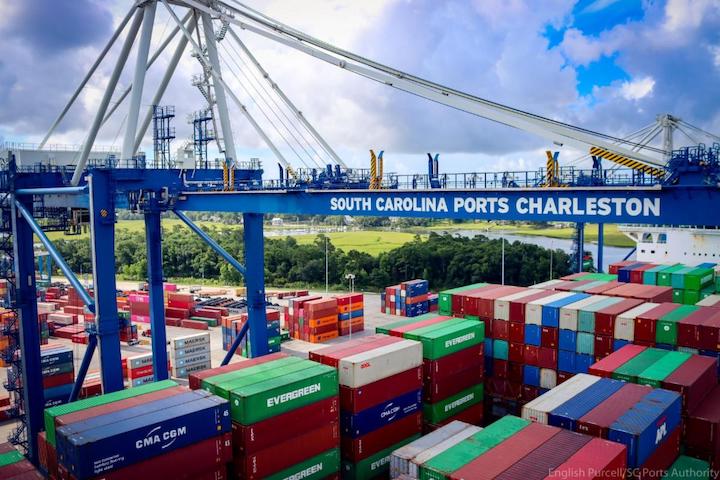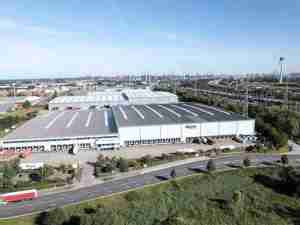South Carolina Ports saw strong container volumes in August as retail imports continue to flow into the Port of Charleston.
SC Ports moved 234,688 twenty-foot equivalent units (TEUs) at Wando Welch Terminal, North Charleston Terminal and Hugh K. Leatherman Terminal in August, setting a record for the month. The TEU volumes are up 12% year-over-year. Fiscal-year-to-date, SC Ports has handled 479,509 TEUs, up 24% from the same time a year ago.

SC Ports handled 130,729 pier containers, which account for boxes of any size, in August. This is a 12% increase from last year. SC Ports has handled 267,887 pier containers thus far in fiscal year 2022, up 24% year-over-year.
The U.S. continues to see record import volumes as consumers spend more on retail goods than services during the pandemic. SC Ports handled 114,671 import containers in August, up 18% year-over-year.
“SC Ports planned well for this growth by investing more than $2 billion in port infrastructure in recent years to handle rising cargo volumes and retail imports,” SC Ports President and CEO Jim Newsome said. “Phase One of Leatherman Terminal adds 700,000 TEUs of capacity and an additional berth to the East Coast port market, and the three-berth Wando Welch Terminal works mega container ships every day.”
SC Ports saw a strong August for the vehicle segment with 26,044 vehicles rolling across the docks of Columbus Street Terminal. Inland port activity remained steady in August, with 11,902 rail lifts reported at Inland Port Greer and 2,635 rail moves handled at Inland Port Dillon.
“Shippers and retailers can rely on SC Ports’ efficient operations, cargo capacity and berth availability to keep goods moving through the Southeast supply chain,” Newsome said. “The global supply chain is however under tremendous stress due to disruptions from the pandemic. The slowdown in cargo velocity that we are currently experiencing due to a number of supply chain constraints is concerning as we head into the peak season this fall.









